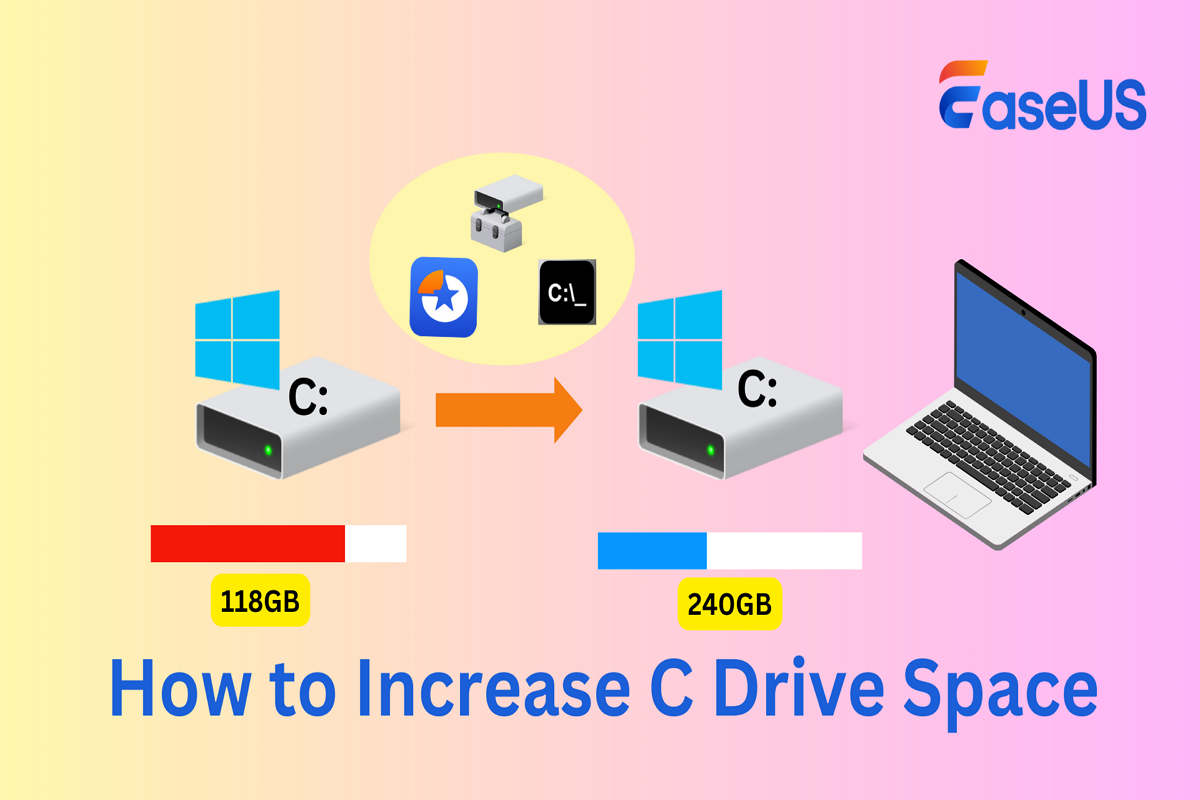
Extending the C Drive in Windows: Reclaim Disk Space and Optimize Performance
The C drive, the primary storage unit in Windows, often houses the operating system, applications, and essential files. Over time, it can become cluttered with data accumulation, leading to performance issues, "Low Disk Space" warnings, and hindered system updates. To address this, it’s crucial to extend the C drive space. This article delves into three effective methods to accomplish this task: EaseUS Partition Master, Disk Management, and Diskpart.
1. EaseUS Partition Master: Extend C Drive with Flexibility
EaseUS Partition Master Free stands out as a user-friendly tool for extending the C drive. It offers a comprehensive solution, allowing users to expand the drive even without adjacent unallocated space. Additionally, it detects and prompts users with a "1-Click Adjust" option upon receiving "Low Disk Space" alerts, intelligently reallocating unused space from other drives to enlarge the C drive.
Steps:
- Install and launch EaseUS Partition Master.
- Right-click the partition adjacent to the C drive and select "Resize/Move."
- Adjust the partition to create unallocated space behind the C drive.
- Right-click the C drive and select "Resize/Move."
- Expand the C drive into the unallocated space.
- Click "Execute Task" and "Apply" to implement changes.
2. Disk Management: Extend C Drive with Adjacent Space
Disk Management, a built-in utility in Windows, can extend the system volume using adjacent free space. However, its limitations include the inability to extend beyond available unallocated space and the requirement for contiguous unallocated space behind the system partition.
Steps:
- Press "Windows + X" and select "Disk Management."
- Right-click the C drive and choose "Extend Volume."
- Specify the size to add and complete the process.
3. Diskpart: Extend C Drive from Command Line
Diskpart, a command-line tool, provides an alternative method for extending the C drive. It offers direct control over partitions and volumes.
Steps:
- Open Command Prompt as an administrator.
- Type "diskpart" and press "Enter."
- Type "list volume" and identify the C drive’s volume number.
- Type "select volume X" (replace X with the C drive’s volume number).
- Type "extend size=M" (replace M with the desired size in MB).
- Confirm the operation to extend the C drive.
Note: Diskpart requires continuous unallocated space behind the system partition. If this is not available, the operation will fail.
Importance of Extending C Drive Space
Enlarging the C drive space is crucial for maintaining optimal system performance. By providing ample storage, users can ensure smoother operation, faster application launches, and uninterrupted Windows updates. Additionally, adequate space safeguards against potential issues like system crashes and data loss due to insufficient storage.
Additional Space-Saving Measures
In addition to extending the C drive, Windows users can implement other measures to free up space and improve performance. These include:
- Running Disk Cleanup
- Deleting temporary files
- Emptying the Recycle Bin
- Removing unused Apps
- Transferring large files to other drives
By applying these techniques, users can optimize C drive space, enhance system stability, and enjoy a more efficient and reliable computing experience.
